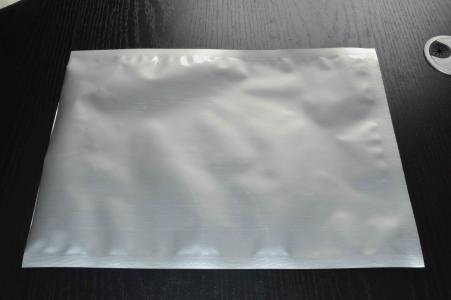Bivalirudin CAS 128270-60-0
Bivalirudin
Product Name: Bivalirudin
Synonyms: BIVALIRUDIN;BIVALIRUDIN TRIFLUOROACETATE;Bivalirudin, TFA;BITTERMELONP.E;Human Bivalirudin;Bivalirudin Acetate;Bivalirudin BG 8967, Hirulog, Hirulog I;BG 8967, Hirulog, Hirulog I
CAS: 128270-60-0
MF: C98H138N24O33
MW: 2180.29
storage temp. 20°C
color white to off-white
Anticoagulants Bivalirudin is a kind of synthetic novel anticoagulants. It is the direct, specific and reversible inhibitor of thrombin. It was developed by the Swiss Basset (Biogen) originally. Then it was transferred to the United States Medicines Company, and approved for marketing in the United States in 2000. Its anticoagulant ingredient is a kind of 20 peptides derived from hirudin. Bivalirudin can specifically bind with catalytic site and the anion binding site of whether thrombin that is in the blood circulation or thrombus-bound thrombin, thus directly inhibiting thrombin activity. And its role is characterized by short, reversible. Early clinical studies show that the anticoagulation treatment of bivalirudin is good. And the incidence of bleeding events is low. So its use is safer than traditional heparin therapy. It is mainly used for the prevention of angioplasty interventional treatment of ischemic complications of unstable angina pectoris before and after.
Bivalirudin has a inhibitory effect on soluble and thrombus-bound thrombin in vitro. That effect cannot be affected by products that are released by platelet, and it can extend plasma activated partial thromboplastin time, thrombin time and prothrombin time of normal human with a dose-dependent manner. It is suitable for percutaneous coronary intervention (PCI) unstable angina. In 2010, domestic PCI operation cases reached 300,000. The annual compound growth rate was over 30%. This showed that sales prospects of bivalirudin after the listing are considerable.
Clinically experiments prove that bivalirudin is more effective than the current mainstream unfractionated heparin/low molecular weight heparin and platelet glycoprotein receptor antagonist in applications around PCI. Especially the risk of bleeding has a significant reduction, and the use safety of anticoagulants is greatly improved:
1. It can significantly reduce the incidence of bleeding in elective PCI patients. The total clinical outcome risk fell 14%.
2. It does not cause antibody-mediated thrombocytopenia.
3. Reversibly bind with thrombin. Short half-life. Hard to develop ischemic and hemorrhagic complications.
4. It is not mainly excreted through the kidneys and can be safely used in patients with renal impairment.
The above information is edited by the chemicalbook of Duan Yalan.
Dosage The first dose 0.75 mg/kg is injected intravenously. Then it is continuously injected intravenously with 1.75 mg/kg per hour by percutaneous coronary intervention. ACT should be monitored after first intravenous injection for 5 minutes. If necessary, 0.3mg/kg bivalirudin is injected again. After percutaneous coronary intervention treatment, it is continued to use for 4h. If necessary, 0.2 mg/kg bivalirudin per hour is continuously injected for 20h. When it is used, using 5mL water for injection to dissolve, and then using 50 mL normal saline to be diluted to 5mg/mL solution.






